Industry. Matrices, threads and sounds is a hybrid proposal that is situated between the creation of an archive and an artistic project. Its objective is to offer a necessarily partial reading of Valencian industrial heritage based on the sound, the intangible and social movements. The proposal is developed through the compilation of sounds, processes, images, videos, music, art pieces and discourses linked to factories in their original context of use, but also in their abandonment and their conversion into heritage spaces. Industry focuses particularly on the proactive uses of industrial heritage driven by citizens.
In addition to the archive and the meetings (called matrices) to debate and reflection, an exhibition will be open with the materials and results of the research in May at IVAM. This exhibition is conceived as a museographic adaptation of the archive, inspired by Rodchenko’s «Worker’s Club».
Industry. Matrices, threads and sound is a process of memory that remains open to negotiation and new readings. The project is positioned outside the romanticizing image of industrial ruin. Understanding heritage and history as living processes that allow us to generate conceptual tools to understand the past, present and future of the history of labor and its relationship with culture. The proposal is developed by Lorenzo Sandoval, artist and curator, and Tono Vizcaíno, archaeologist and heritage manager.
The elements that make up this archive come from numerous personal and institutional archives: Salomé Moltó (CNT), Floreal Rodríguez de la Paz (CNT), Josep Fuster, Edurne Vaello, Nando Hervido, Damià Llorens / We Are not Brothers, Arxiu Municipal d’Alcoi, Universitat Politècnica de València – Campus d’Alcoi, Club d’Amigues i Amics de la Unesco d’Alcoi, Radio Alcoy, Vicent Cortés, Ateneu Cultural El Panical, Josep Tormo Colomina, Alcoy Industrial, Fani Grande, CCOO Camp de Morvedre – Alt Palància, Fundació de la Comunitat Valenciana de Patrimoni Industrial i Memòria Obrera de Port de Sagunt, Vic Pereiró, Miguel Ángel Martín, AMIMO – Associació Memòria Industrial i Moviment Obrer, Maria Hebenstreit, César Novella, Sagunt Territori Acústic, Arxiu Municipal de Sagunt, Arxiu Històric de CCOOPV «José Luis Borbolla», El Punt – Espai de Lliure Aprenentatge, Miguel Molina, Laboratorio de Creaciones Intermedia, Departament d’Escultura de la Facultat de Belles Arts de la Universitat Politècnica de València, Alfonso Civantos / Komakino / Subsist Records, José Miguel Requena Roselló / Excesivo.net, Txuki, Colectivo APA, Colectivo La Flem, Colectivo Resiste, Fran Lenaers, Für alle Fälle, José Azkárraga, Víctor Algarra y Paloma Berrocal, Diana Sánchez Mustieles, APIVA – Associació de Patrimoni Industrial Valencià, Cor de cambra Ad Libitum de l’Escola Coral Veus Juntes, Ajuntament de Quart de Poblet, Institut Valencià de Cultura de la Generalitat Valenciana, Josep Vicent Frechina, Biblioteca Històrica de la Universitat de València, Biblioteca Valenciana «Nicolau Primitiu», Arxiu de la Democràcia y Fonoteca de la Universitat d’Alacant, Arxiu Històric Provincial d’Alacant, CanPop – Cançoner Popular Valencià, Teresa Lanceta, Coral Tabaquera Alicantina, Francisco Moreno, Vicent Oncina, Manuel Carreres, Biblioteca de la Universitat Jaume I de Castelló, Arxiu Municipal d’Onda, Museu del Taulell d’Onda “Manolo Safont”, Caixa Popular d’Onda, Fundació Caixa Benicarló, Manel Francesc Navarro i del Alar, Alejandro Torres Tomás, Pilar Beltrán, Museu de Ceràmica de l’Alcora, Juan Carlos Olària, Fundación Centro Etnográfico «Joaquín Díaz» de la Diputación de Valladolid, Centro Documental de la Memoria Histórica, e IVAM.




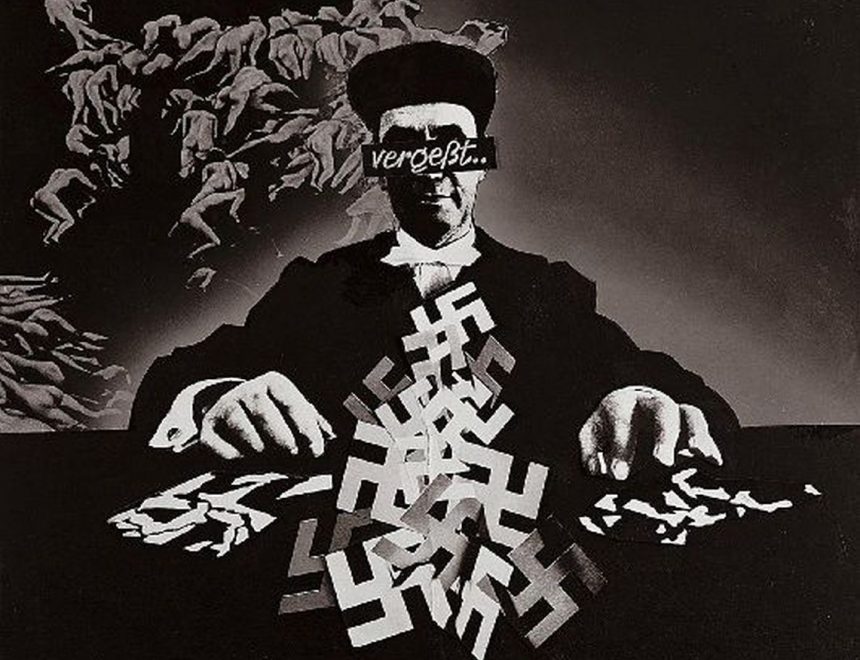
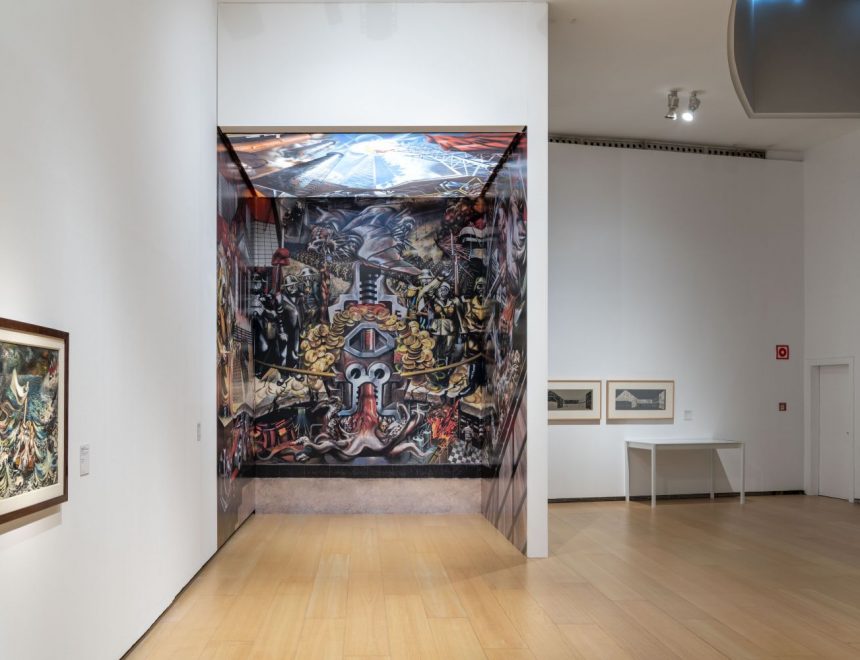

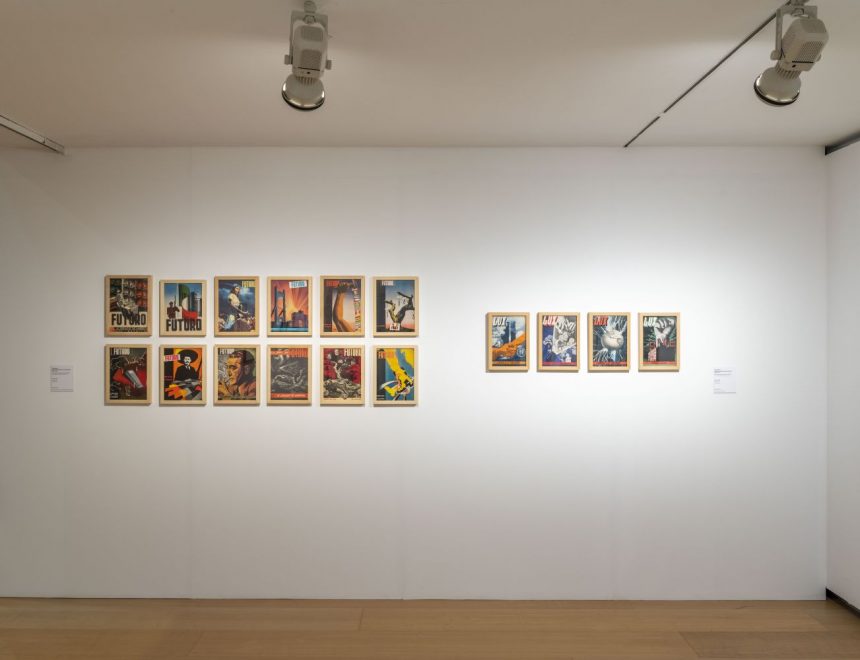
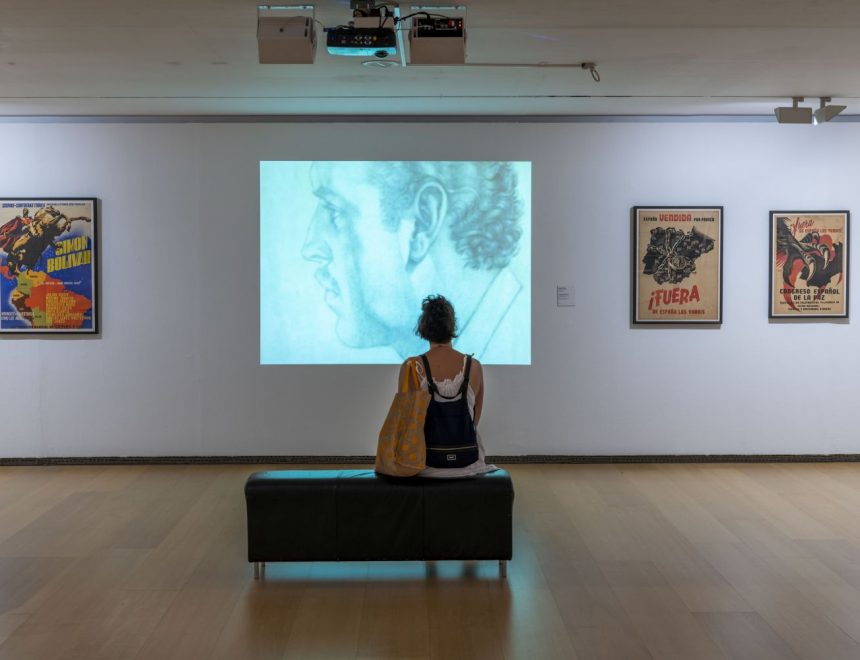
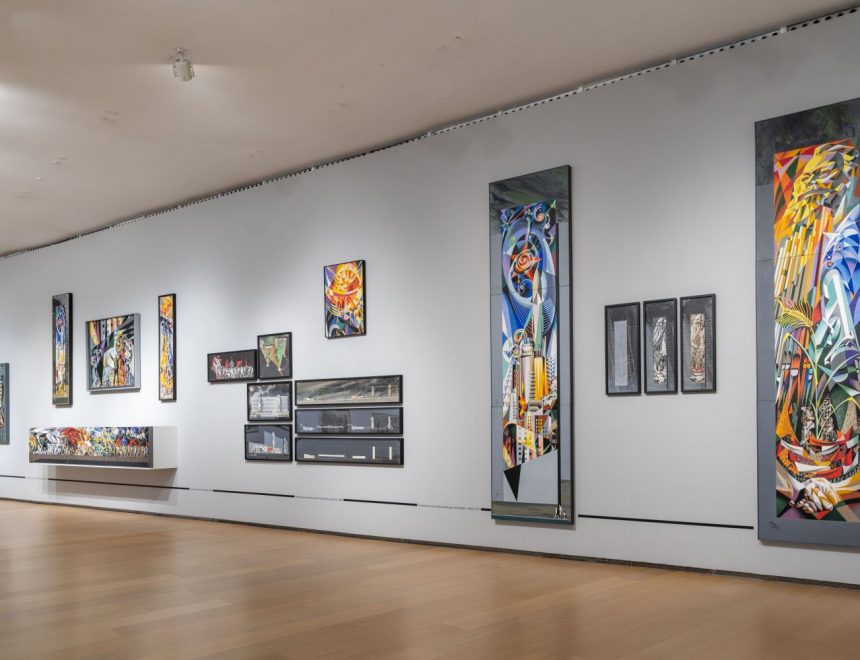
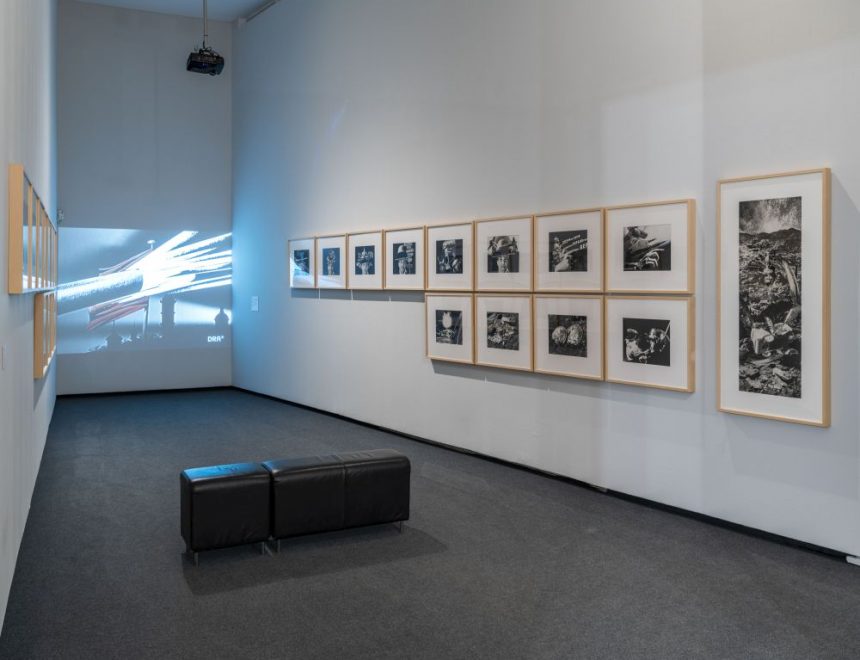
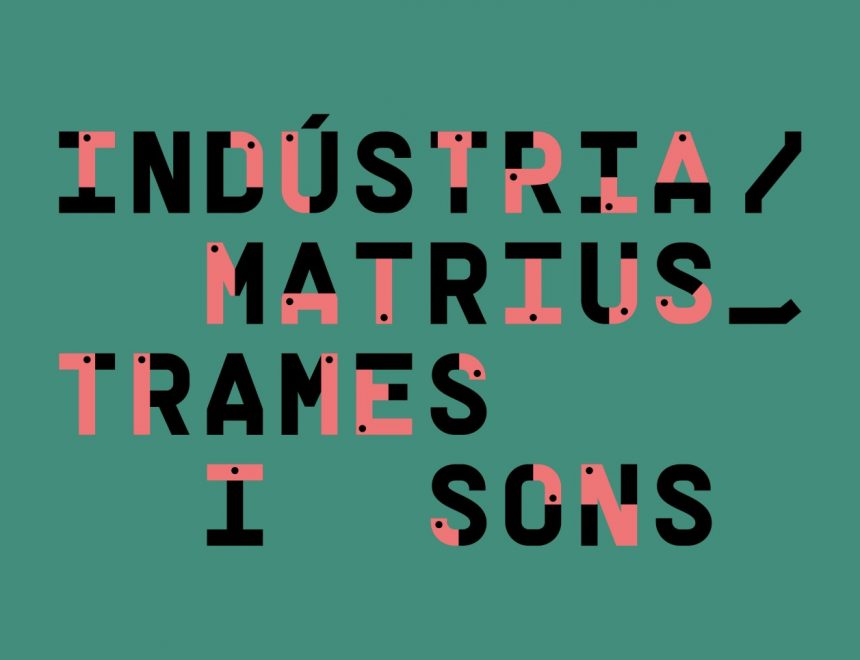
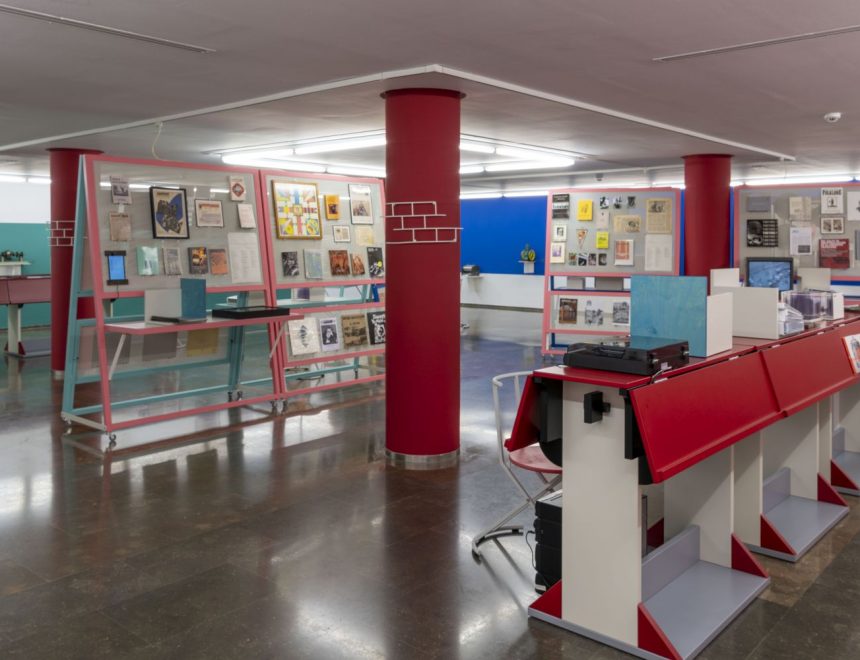
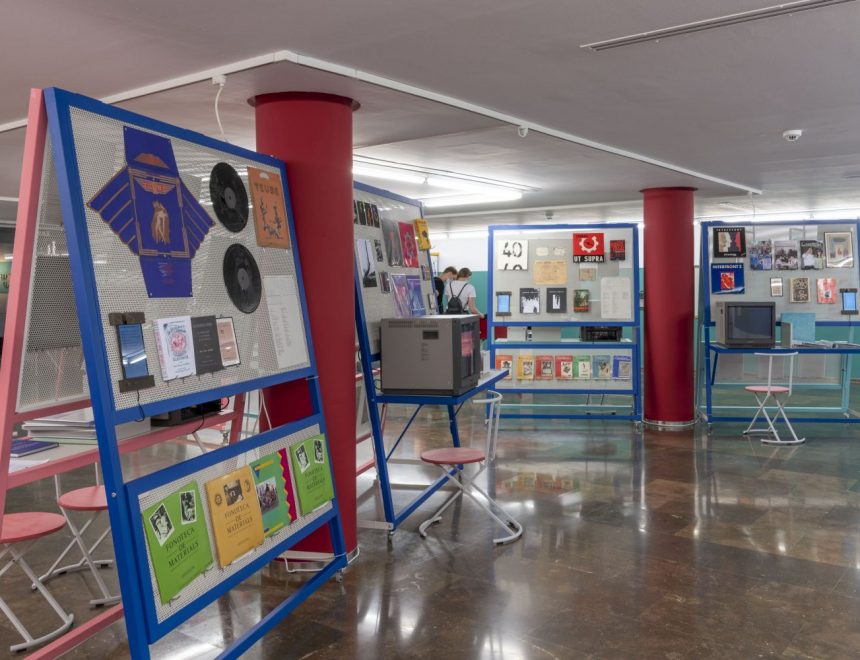
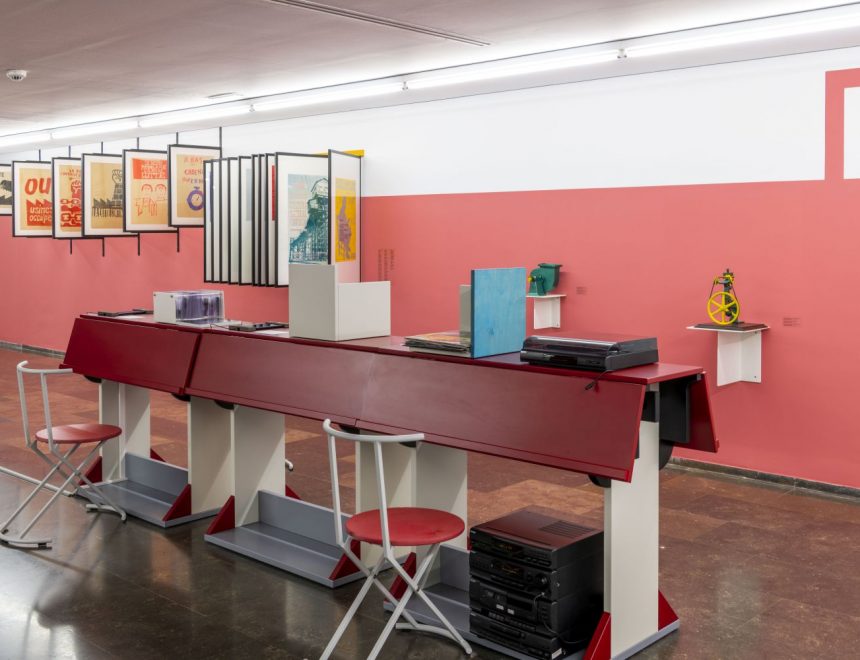
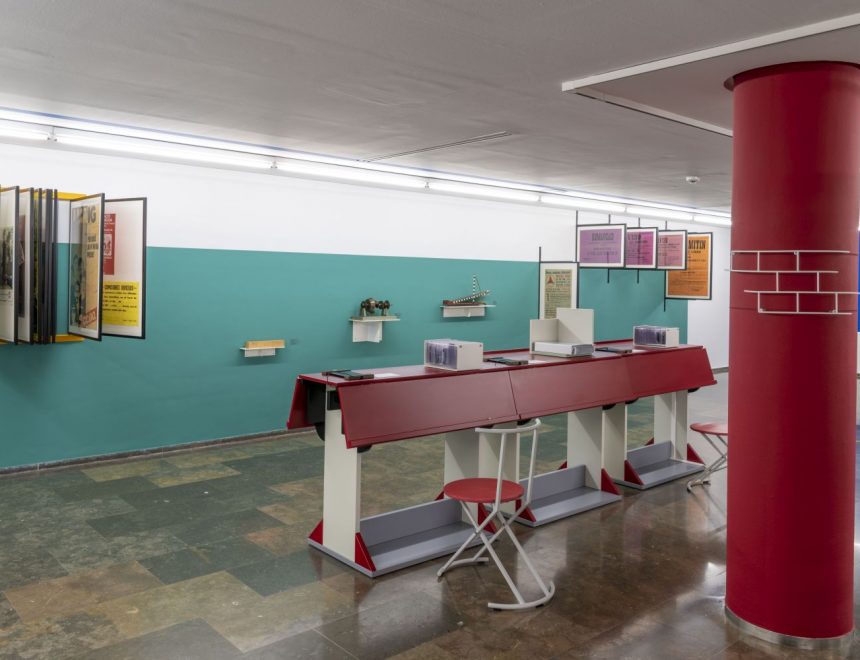
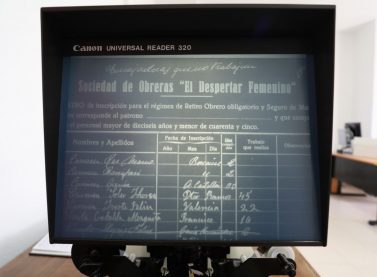

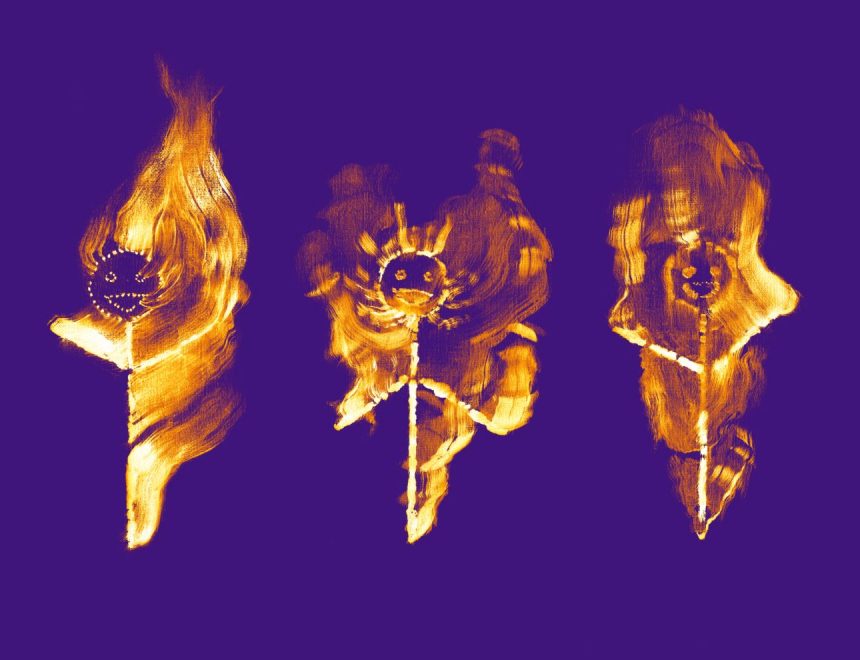
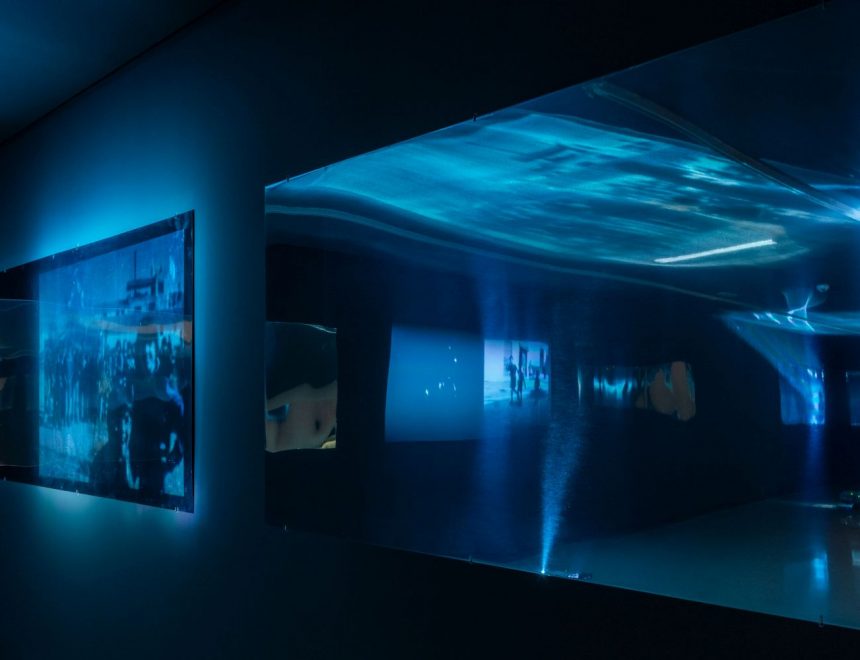
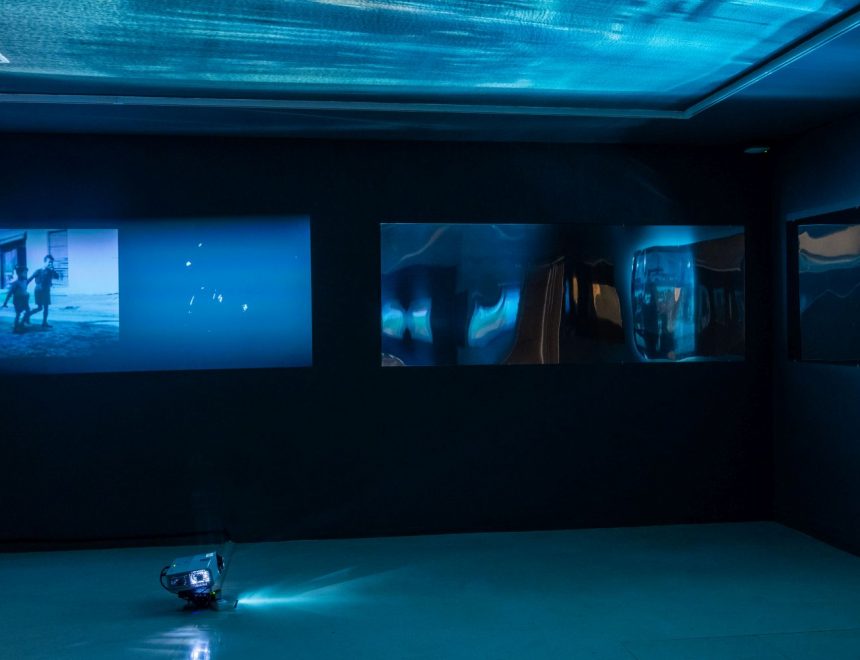

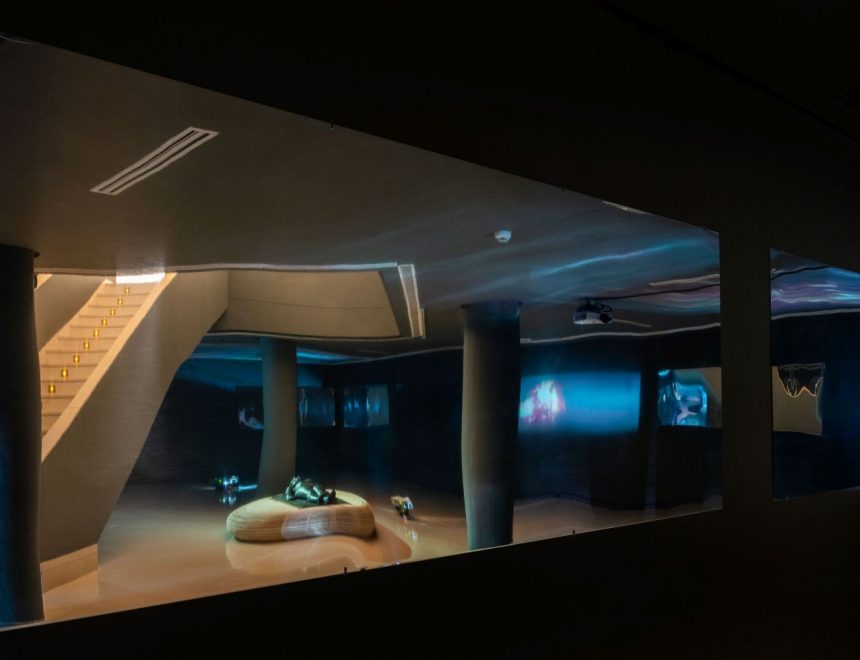
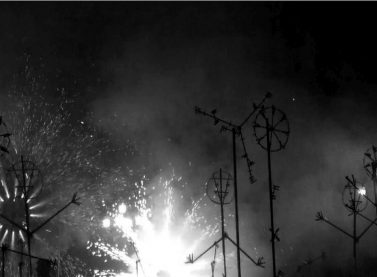
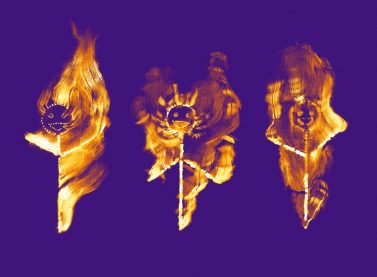
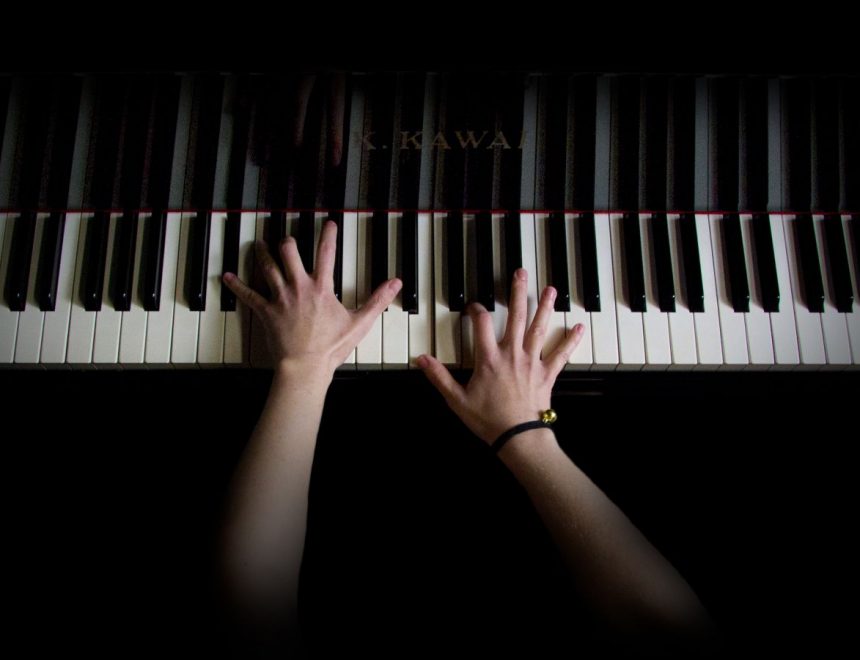
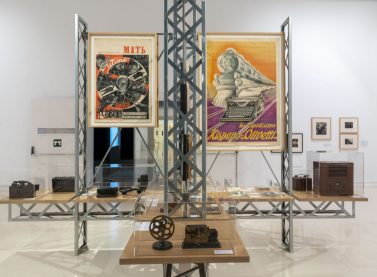
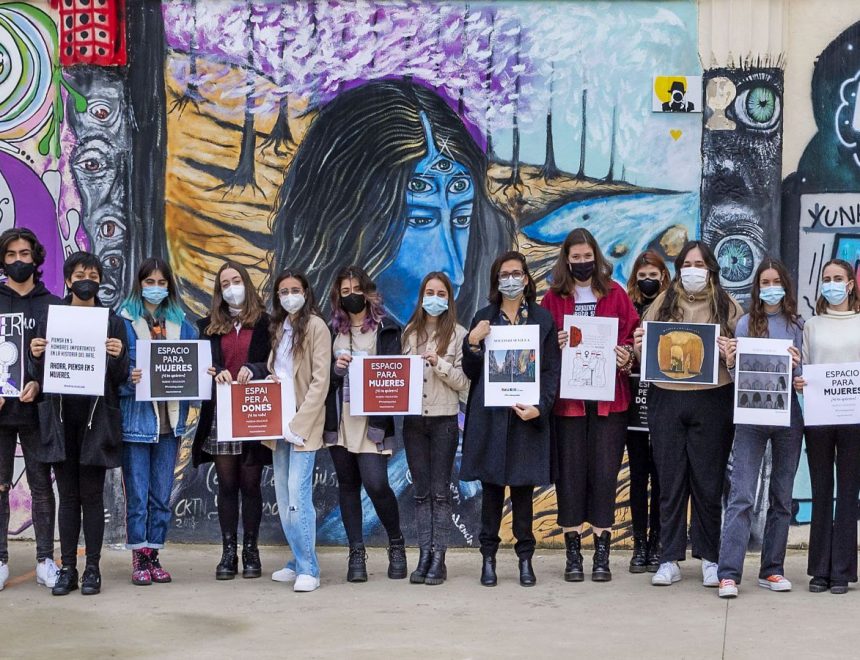
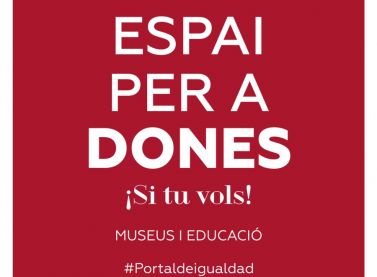
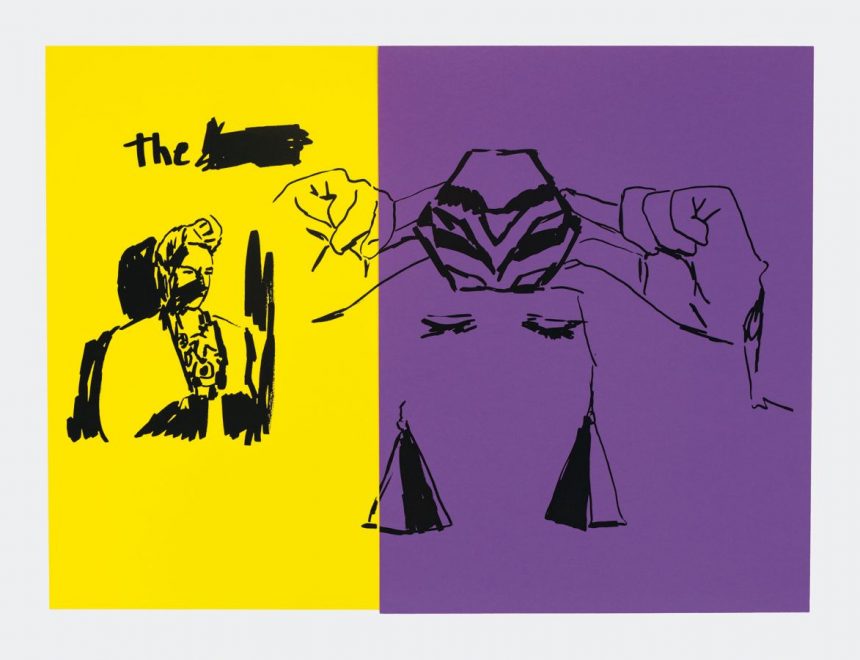
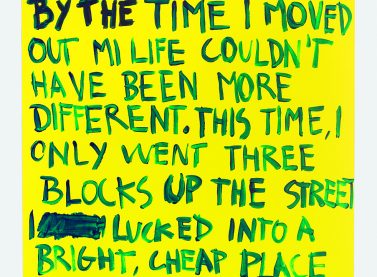
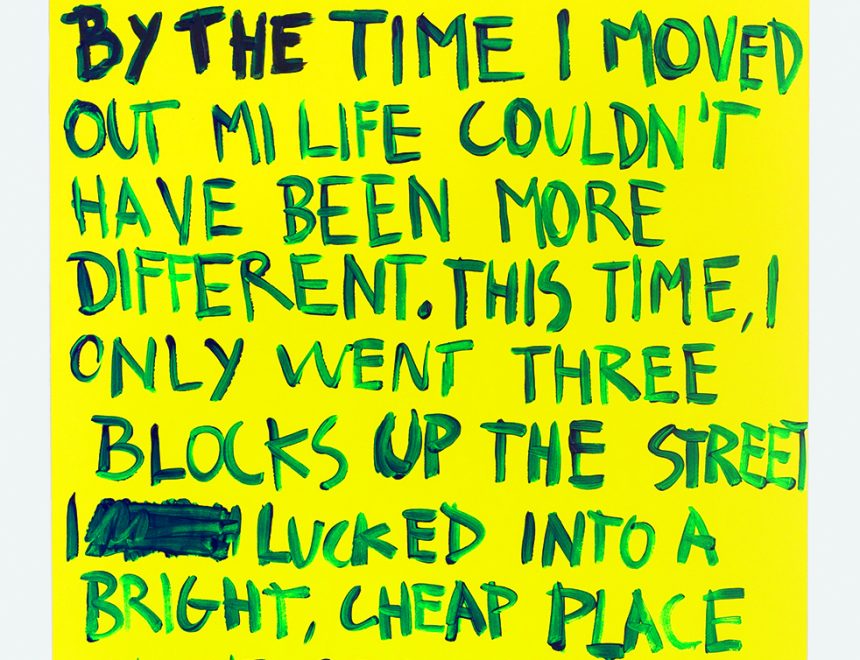
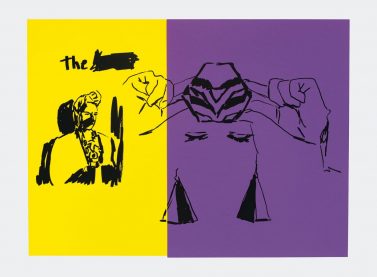
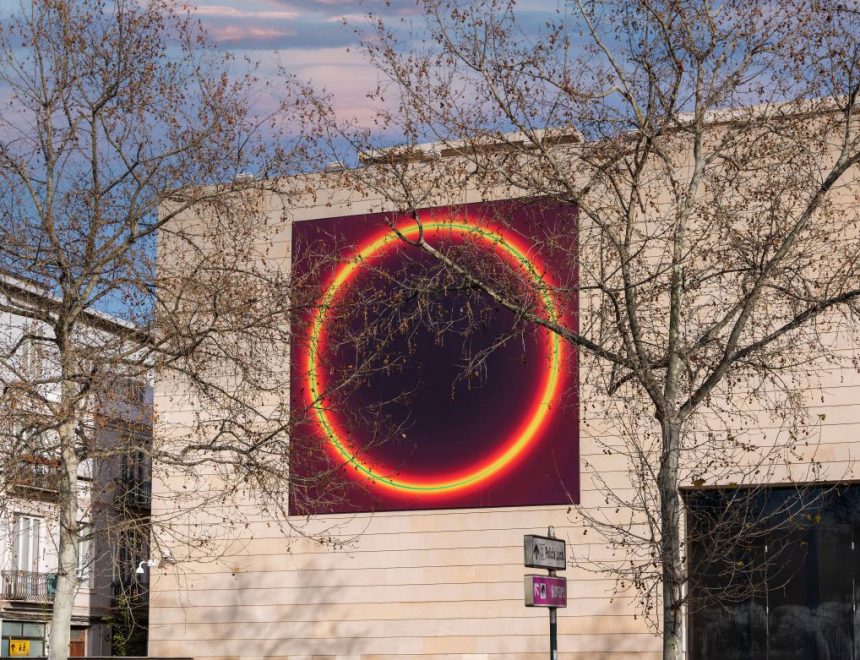

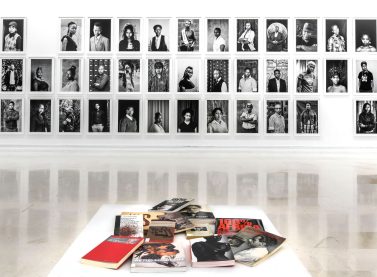
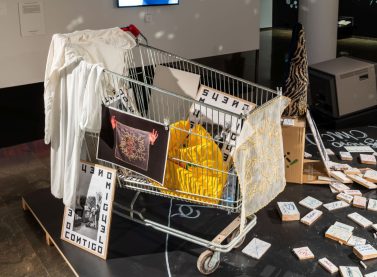
![Sin título (vuelta al asombro…) [Untitled (back to amazement …)] with Diego del Pozo Barriuso](https://ivam.es/wp-content/uploads/Miguel-Benlloch-en-el-Cutre-Chou_-Detalle-El-Porvenir-de-la-Revuelta-Diagrama_Diego-del-Pozo_2017-377x277.jpg)